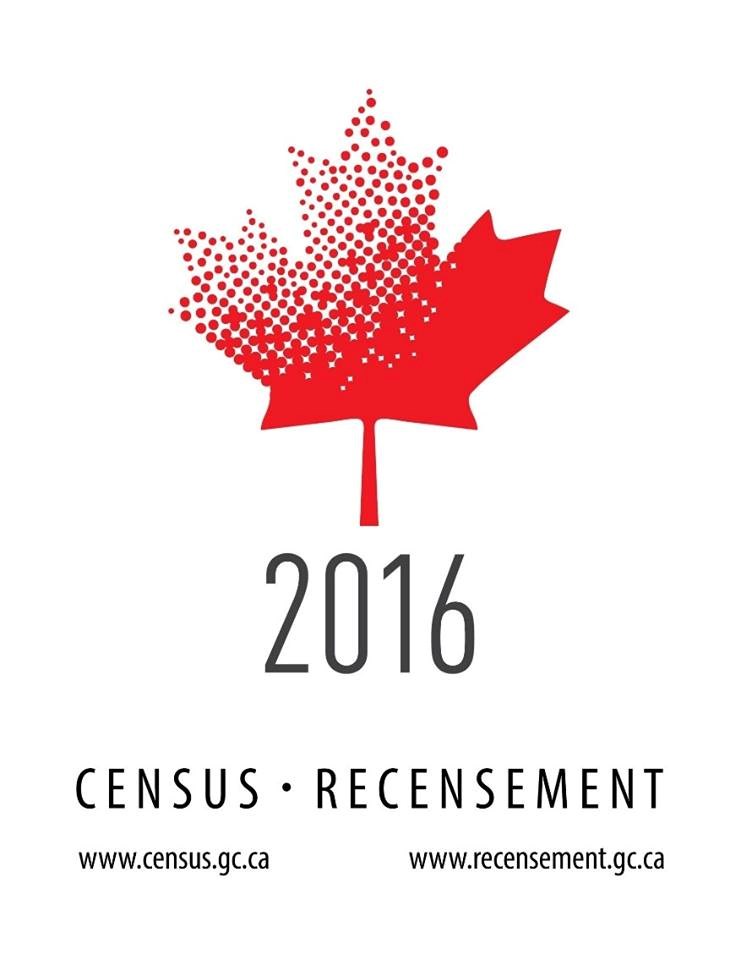The 2016 Census data concerning household type and language has been released. The Yorkton census agglomeration, which includes some of the area surrounding the city, has had some changes since the last census in 2011.
One area that the rest of the country has seen a big increase in is single person households. A total of 28.2 per cent of the national population lives in a single person household now, up from 25.7 per cent. That makes a single person household more common than a household with children, which represents 26.5 per cent of Canadian households.
Yorkton, however, has a slightly smaller percentage of single person households in 2016, while also being well above the national average. In the city, 31.3 per cent of households were one person in 2016, down from 31.4 per cent in 2011.
The biggest growth area in Yorkton households were lone parent families, which went from 7.3 per cent of the city’s households to 8.0 per cent.
While nationally a greater number of people are living with their parents between the age of 20 and 34 – 34 per cent – in Yorkton the trend is moving in the opposite direction. In this city, 21.4 per cent of young adults lived with their parents in 2016, down from 23 per cent in 2011.
The majority of Yorkton’s adults are in a relationship, with 59.4 per cent either married (50.5 per cent) or in a common law relationship (8.9 per cent.) Yorkton is less likely to get in a common law relationship than the rest of the country, where 21.3 per cent of the population is in a common law relationship.
In terms of language, the largest growth has been the number of people who speak Tagalog as their mother tongue. Tagalog is the language of the Philippines. There are 435 people in Yorkton whose first language is Tagalog, compared to 160 in 2011. That makes Tagalog the third most common mother tongue in the city, moving it ahead of German, which has 215 people, down from 350 in 2011. Ukrainian remains the most popular non-English language, with 880 speakers, but that’s also down from 2011, which had 1,135 people speak Ukrainian as their mother tongue.
But of those people, more will actually be speaking Tagalog. When asked what language is most commonly spoken at home, 230 said Tagalog, while 105 said Ukrainian and the third most common non-English language spoken at home was Malayalam with 35 people speaking it at home. Malayalam is a Dravidian language spoken in India, predominantly in the state of Kerala.
The numbers change when you look at what languages are spoken at home overall. Tagalog is still the winner – with 565 people speaking it at home – and Ukrainian remains in second, but with a much larger number of people, with 505 people. Third place goes back to German, however, with 65 people, followed by Spanish (60 people) and Punjabi (55 people).
English, of course, is the most commonly spoken language in Yorkton by a wide margin. 17,360 people primarily speak English at home, and a mere 55 people responded that they do not have knowledge of English –ten of those people having knowledge of Canada’s other official language, French, and not English.
Overall, 13.8 per cent of the city’s population has a mother tongue other than English, up 13 per cent from 2011.




